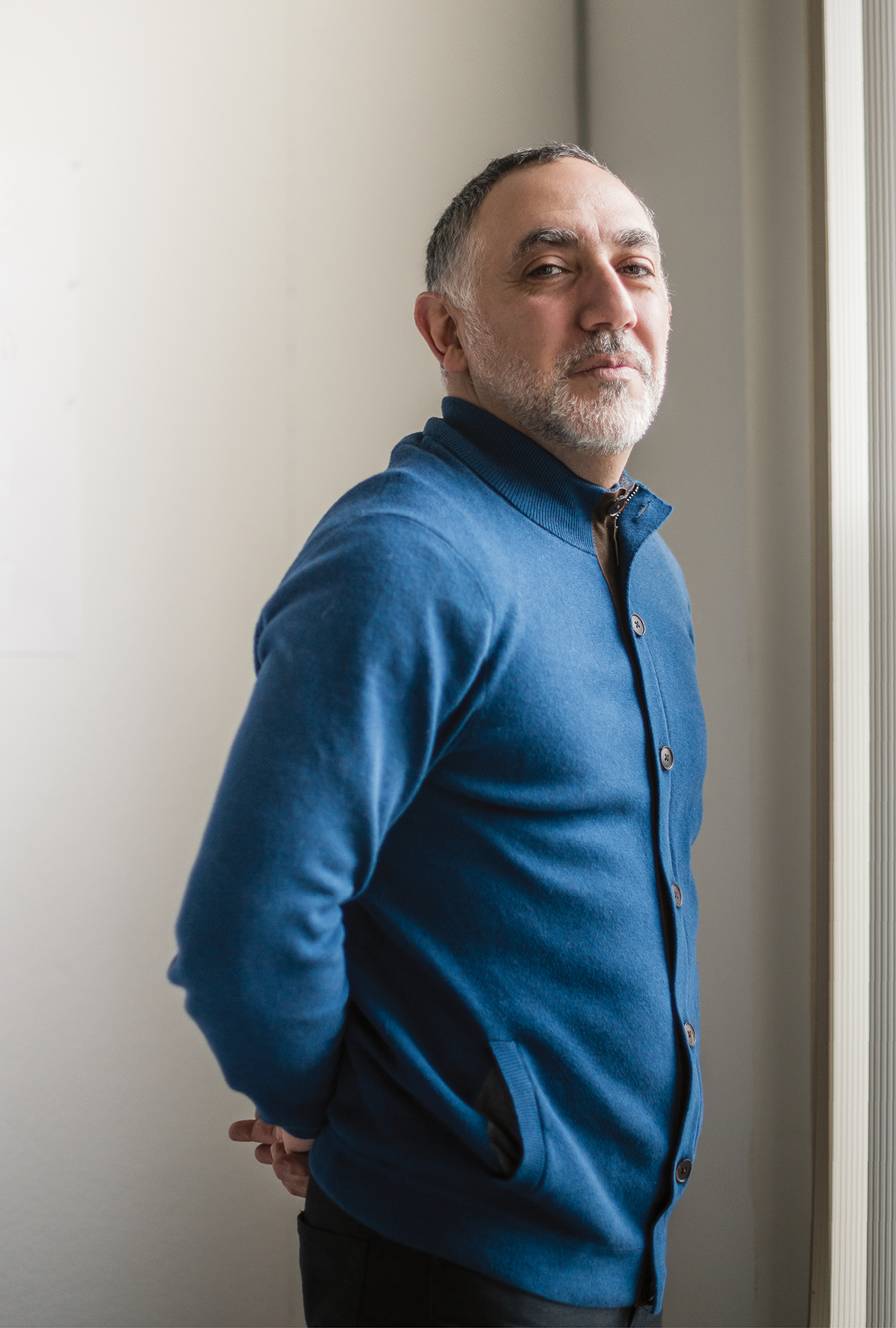The Power of Ideas: Hashim Sarkis

photograph by toan trinh
Foundations
Hashim Sarkis began his architecture career in 1990s Beirut, a city rebuilding itself after years of war. A RISD and Harvard alumnus, the 50-year-old architect is now rooted as deeply in New England as he is in his native Lebanon. Sarkis joined Harvard’s faculty in 1995, and for more than a decade has headed the Aga Khan Program for Islamic Architecture—run jointly by Harvard and MIT. He’s a practicing architect as well. In October, Sarkis was appointed dean of MIT’s School of Architecture and Planning. Now he wants to change what we talk about when we talk about cities.
The Idea
Sarkis believes that the way we describe our habitats is limited and limiting. “If we stick to the old, big categories, we will not be able to discern the vast differences within each, or the hybrids and overlaps,” he says. “It is time to come up with a richer lexicon.” For example: Different kinds of mass transit create very different communities—so “why are we calling them all commuter suburbs?” Sarkis asks. “Will the new Green Line reshape Medford and its surroundings into T-towns? Is Providence becoming an Acela-ville?” We can’t understand or observe the wealth of possibilities we have, he says, if we just call everything the city, the suburbs, and the countryside.
A New Language
For inspiration, Sarkis looks to geographers of the early 20th century, such as Paul Vidal de la Blache and Maximilien Sorre, who began to describe territory not just in terms of physical features, but of local industry and land use. “What I like about this approach is that it keeps the bigger picture alive all the time and allows us to understand different localities in relation to each other,” Sarkis says. “This is the kind of vocabulary I am hoping to build.” With the right language, Sarkis believes, we’ll be able to better understand where and how we live.


